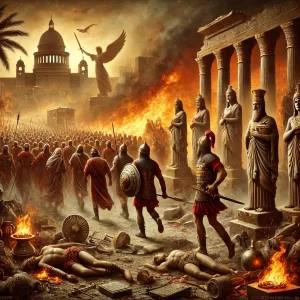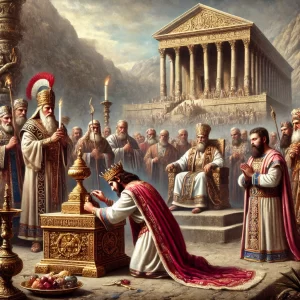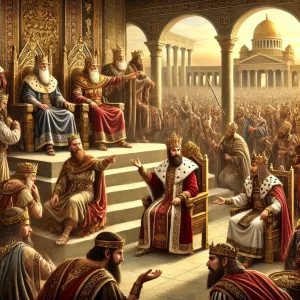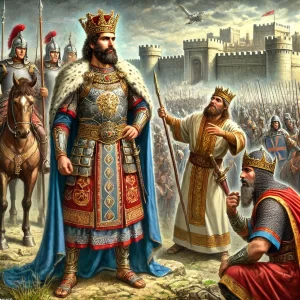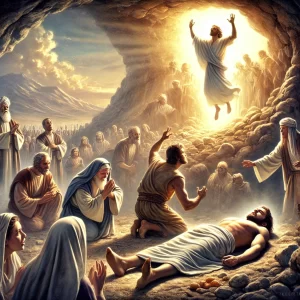Genesis chapter 10 stands as a critical bridge in biblical narrative, tracing the genealogy of Noah’s sons: Shem, Ham, and Japheth, post-flood. This chapter, often referred to as the “Table of Nations,” sheds light on the roots of various tribes and nations, highlighting their interconnections and establishing the foundation for subsequent biblical events.
A Glimpse into Ancient Geopolitical Landscape: Genesis 10 offers a comprehensive account of the descendants of Noah’s three sons. It details the progenies of Japheth, which include nations located primarily towards the north. Ham’s lineage, on the other hand, features prominent nations from the African continent and parts of Asia, such as Mizraim (often identified with Egypt) and Canaan. Shem’s descendants are chiefly associated with regions of West Asia.
Significance of Nimrod: Among the descendants of Ham, Nimrod emerges as a central figure. Credited as a mighty one on the earth and a notable hunter, Nimrod’s legacy is associated with the founding of key cities in the land of Shinar, including Babel and Nineveh. These cities play pivotal roles in later biblical stories, linking Genesis 10 to subsequent chapters and events.
The Dividing of the Earth: One of the key points in the lineage of Shem is the mention of Peleg, “for in his days the earth was divided.” This reference could allude to linguistic divisions, territorial segregations, or even geological events. It underscores the theme of dispersion, which is further expanded upon in the Tower of Babel narrative.
The Modern Relevance: Genesis 10 serves as a roadmap, connecting diverse nations and tribes back to a common ancestry. In today’s globalized context, this chapter offers valuable insights into the interrelatedness of cultures and civilizations. By studying these lineages, readers can fathom the depth of human connections and the shared heritage that binds nations together.
Conclusion: Genesis chapter 10 goes beyond a mere genealogical account. It lays the groundwork for understanding the origins of nations, their interconnections, and their roles in the larger biblical narrative. For contemporary readers, it underscores the message of unity, shared heritage, and the intricate web of human relationships.


